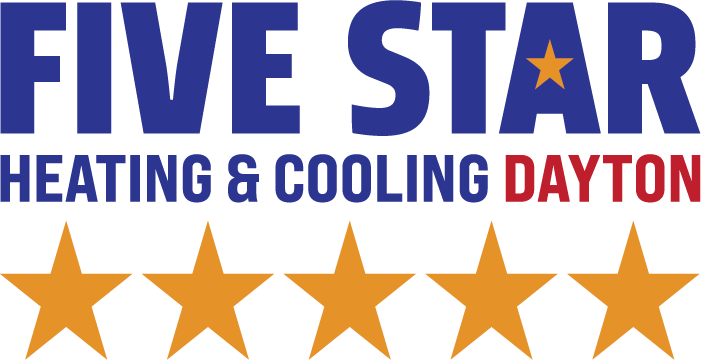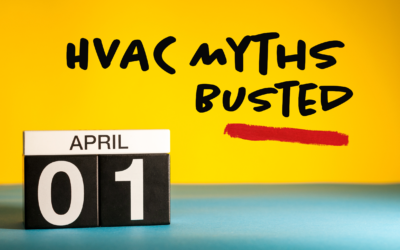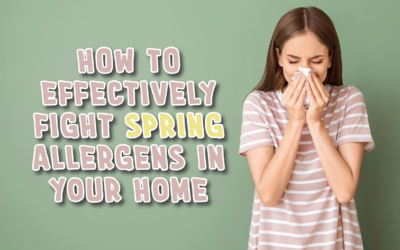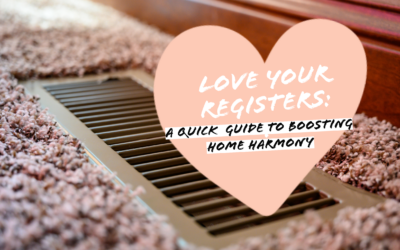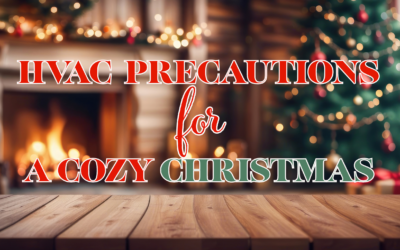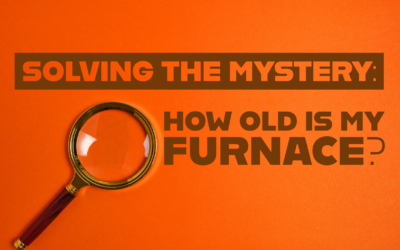HVAC Resource Center
Welcome to the Five Star Heating & Cooling Resource Center. This section concentrates on answering your frequently asked questions, providing detailed information, how-to videos, and tips that will improve your buying decisions regarding your home’s HVAC system.
HVAC Tips & Tricks
Our Recent Blog Posts
HVAC Myths Busted
April Fool's Day – the day when many take advantage of the gullible to pull a simple prank....
How to Effectively Fight Spring Allergens in Your Home
As allergy season approaches, many Ohio residents brace themselves for the discomfort it brings....
LOVE YOUR REGISTERS: A QUICK GUIDE TO BOOSTING HOME HARMONY
You probably know about the negative effects of a clogged HVAC air filter, but did you know that...
8 NEW YEAR’S RESOLUTIONS TO KEEP YOUR HVAC SYSTEM IN TIP-TOP SHAPE
It's the beginning of January, and we've got a brand-new year ahead of us! By now, you might have...
HVAC PRECAUTIONS FOR A COZY CHRISTMAS
During the magical Christmas season, there are numerous activities to enjoy, such as playing in...
SOLVING THE MYSTERY: HOW OLD IS MY FURNACE?
Your furnace plays a critical role in keeping your home warm and comfortable, especially during...
HVAC FAQ
Frequently Asked Questions
Top Air Conditioning Questions
Should I cover my outdoor unit in the winter?
As long as you make sure your air conditioner is not accidentally turned on by someone in your residence, covering your outdoor unit during the winter will protect it from falling ice or other issues. Coverings should not be airtight; a trash can lid secured down by bungee cords work well. However, if there’s a chance of anyone turning on the air conditioner while it’s covered, don’t do it. Turning on a covered AC could damage your condenser and its internal components. Having said that, outdoor units are designed to withstand the environment year-round and covering them isn’t really necessary.
When should I call for A/C repair?
You may start noticing issues if your air conditioning unit is nearing 10-15 years of age. If you’re experiencing any of the following, schedule repair services today.
- The unit is blowing hot or warm air
- The airflow is not powerful or consistent
- You’ve found moisture and leakage around the unit.
- Strange or unusual noises coming from the unit
Unsure of what’s wrong with your A/C unit? Schedule a diagnostic service call today!
What is AC refrigerant?
Refrigerant is a compound typically found in either a fluid or a gaseous state. It readily absorbs heat from the environment and can provide refrigeration or air conditioning when combined with other components such as compressors and evaporators.
What does HSPF stand for?
Can I plant shrubs and/or flowers around my outdoor condensing unit?
Top Installation Questions
How do I determine the size of the unit for my home?
To determine this correctly, you should have a certified HVAC technician come to your home to take accurate measurements, especially if you are looking to replace your old equipment or purchase any new equipment. Our technicians take a variety of factors into consideration and make accurate and educated recommendations for correctly-sized equipment suitable to your needs. They look at the total square footage of your home, the number and types of windows and doors and rooms, your insulation, and even the number of people living with you to come up with an exact calculation.
When an outdoor unit needs replaced, should the indoor unit also be replaced?
We strongly suggest replacing both the indoor and outdoor equipment at the same time, especially since the most recent EPA requirements require the phasing out of R-22 refrigerants by 2020. At this time, there aren’t any other options for replacing only one of these components without replacing the other. We should note, however, this is subject to change with gradual upgrades in current building codes and National Energy Codes being enforced, state by state. Efficiency ratings on condensers are based on the whole system being replaced.
What are efficiency ratings?
What does SEER mean?
Some types of equipment have special names for their efficiency ratings of various. As such, AC systems are rated by what is known as a Seasonal Energy Efficiency Ratio, or SEER. Like other ratings, the higher the SEER rating, the more efficient the system. Today, any new AC equipment must at least meet a 13.0 SEER rating. Nevertheless, a lot of manufacturers nowadays have equipment that rates as high as 21.0 SEER.
What does AFUE mean?
What is the difference between a package unit and a split system?
Top Indoor Air Quality Questions
Should I set my thermostat to “on” or “auto?”
What are the different types of pollutants?
Here are examples of common indoor air contaminants and their main sources:
- Carbon dioxide (CO2), tobacco smoke, perfume, body odors – from building occupants.
- Dust, fiberglass, asbestos, gases, including formaldehyde – from building materials.
- Toxic vapors, volatile organic compounds (VOCs) – from workplace cleaners, solvents, pesticides, disinfectants, glues.
- Gases, vapors, odors – off-gas emissions from furniture, carpets, and paints.
- Dust mites – from carpets, fabric, foam chair cushions.
- Microbial contaminants, fungi, molds, bacteria – from damp areas, stagnant water, and condensate pans.
- Ozone – from photocopiers, electric motors, electrostatic air cleaners.
How do I know if I have poor Indoor Air Quality?
It is common for people with poor Indoor Air Quality to report one or more of the following symptoms: dryness and irritation of the eyes, nose, throat, and skin, headaches, fatigue, shortness of breath, hypersensitivity, and allergies, sinus congestion, nausea
People generally notice their symptoms after several hours at work and feel better after they have left the building or when they have been away from the building for a weekend or a vacation.
If your home has green or black moldy spots (generally in moist areas), dust, pet dander, etc., it’s likely that you’re experiencing poor levels of air quality. We suggest trying our Indoor Air Quality products and services such as humidifier installation, duct cleaning, thermostat upgrades, and more.
Which Indoor Air Quality products could improve my allergies?
It depends on what you’re allergic to. If dust, pet dander, or certain chemical fumes bother you, an air cleaner and purifier can remove up to 95% of the particles that cause your sniffling, sneezing, and watery eyes.
If you’re sensitive to microorganisms like mold or pollen, add UV lamps. When ultraviolet lights are installed in your HVAC system, they emit an electrical charge that kills these tiny nuisances instead of allowing them to grow and recirculate through your home. UV lights also kill bacteria and viruses that cause colds, flues, infections, and other illnesses, so they are a great option for any home.
